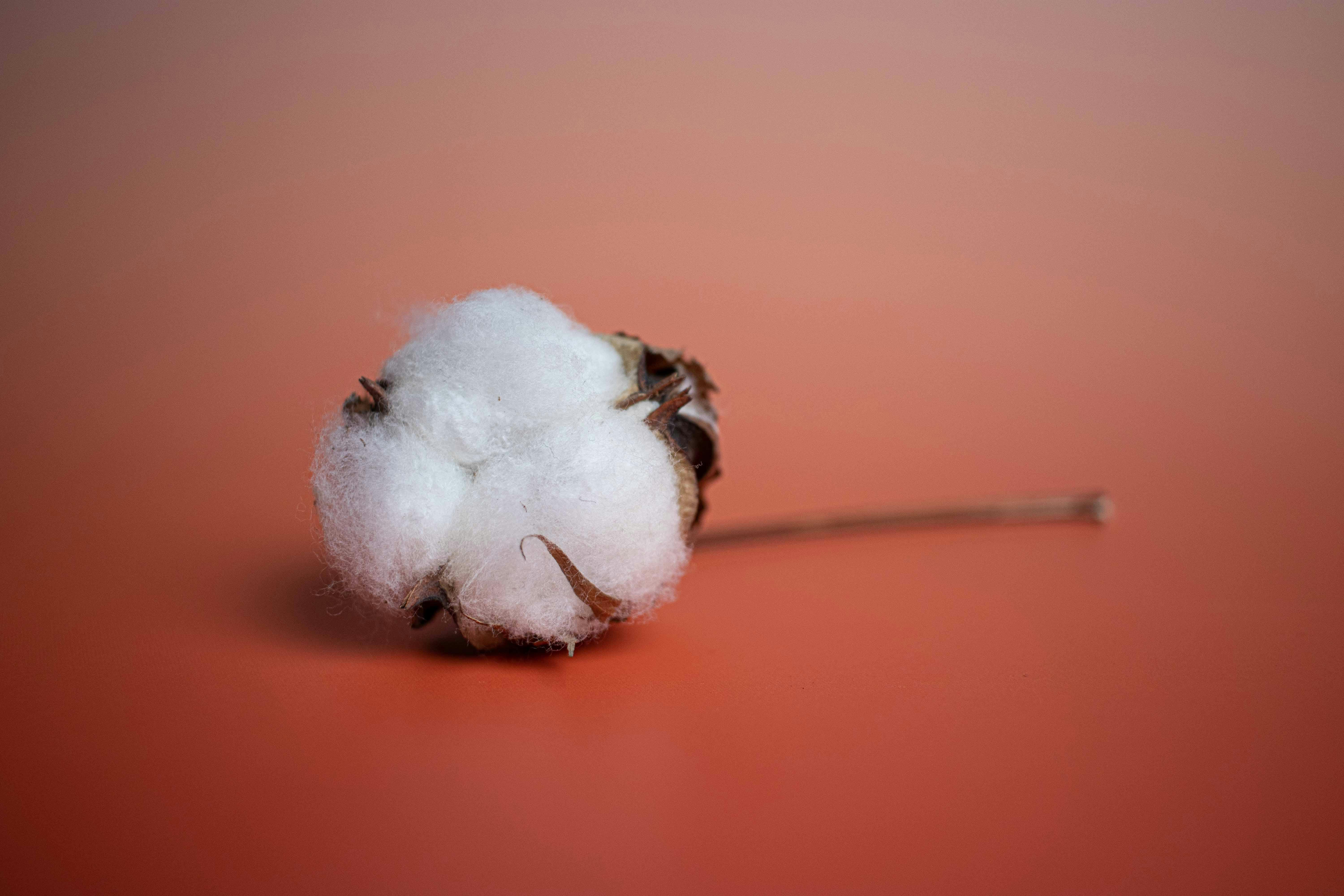- All
- Product Name
- Product Keyword
- Product Model
- Product Summary
- Product Description
- Multi Field Search
Language
Views: 0 Author: Site Editor Publish Time: 2025-11-07 Origin: Site








Film-forming and sealing agents primarily function through three mechanisms, with the specific mechanism depending on the type of fixing agent and the type of dye:
Description: This is the most straightforward mechanism. The fixing agent forms a colorless, dense film on the fiber surface. This film acts like a "protective suit," encapsulating the dye within the fiber and physically preventing dye molecules from contacting water and dissolving.
Application: This method is effective for a wide variety of dyes, especially direct and reactive dyes.

Description: Fixing agent molecules typically carry a positive charge (cationic), while most dye molecules (especially anionic dyes such as direct, reactive, and acid dyes) and the fiber surface carry a negative charge in water. The positive and negative charges attract each other, causing the fixing agent to be firmly adsorbed onto the fiber and dye.
Furthermore: Many fixing agent molecules are "reactive." They not only adsorb but also chemically react with certain groups on dye and fiber molecules, forming strong "cross-linked bonds" (like bridges) that tightly network the dye, fiber, and fixing agent together.
Application: This is one of the most important and effective mechanisms for fixing reactive dyes.

Description: Some dyes are inherently water-soluble (such as direct dyes). Fixing agents can react with dye molecules, increasing their molecular size or altering their properties, thereby reducing the dye's solubility in water. Difficulter-to-dissolve dyes are naturally more difficult to remove from fibers.
Application: Primarily used for direct dyes.
Challenge: Reactive dyes bind to fibers through covalent bonds, but some dyes hydrolyze during dyeing. These hydrolyzed dyes are not firmly bound, which is the main cause of fading.
Fixing Function: Fixing agents adsorb and "capture" these hydrolyzed dyes through cationic charges and fix them through cross-linking, preventing them from staining the fabric or other parts.

Challenge: Direct dyes are highly water-soluble and bind to fibers primarily through van der Waals forces and hydrogen bonds, resulting in poor colorfastness.
Fixing: Colorfastness is improved mainly by forming a thin film and reacting with the dye to reduce its solubility.
Application in immersion vs. padding:
Immersion: Conducted in a dye bath, the fixing agent is uniformly adsorbed onto the fibers. Suitable for yarns, knitted fabrics, etc.
Padding: The fabric passes through a solution containing the fixing agent, is then pressed by rollers, and finally dried. Suitable for high-volume continuous processing of woven fabrics, offering high efficiency.